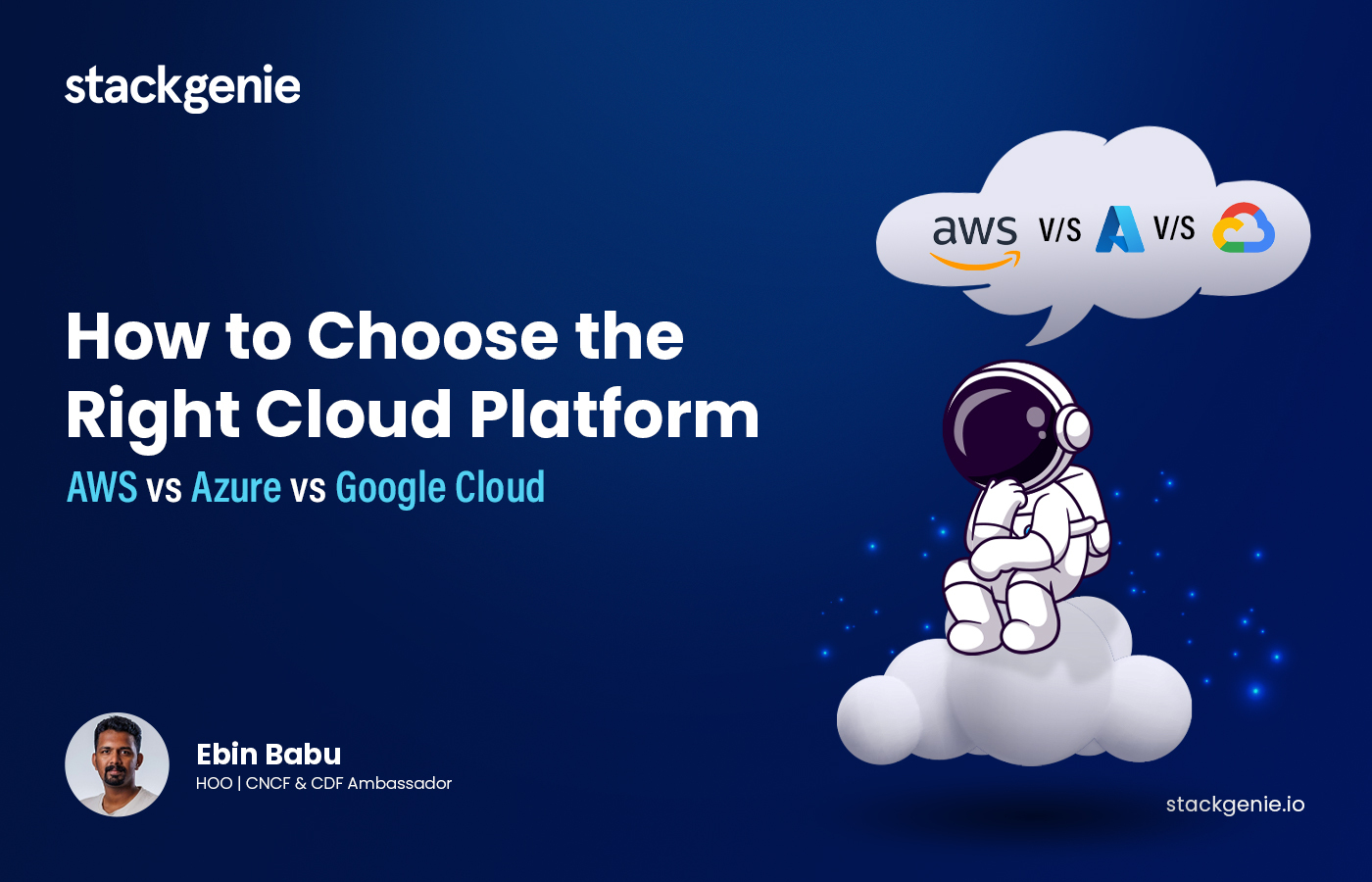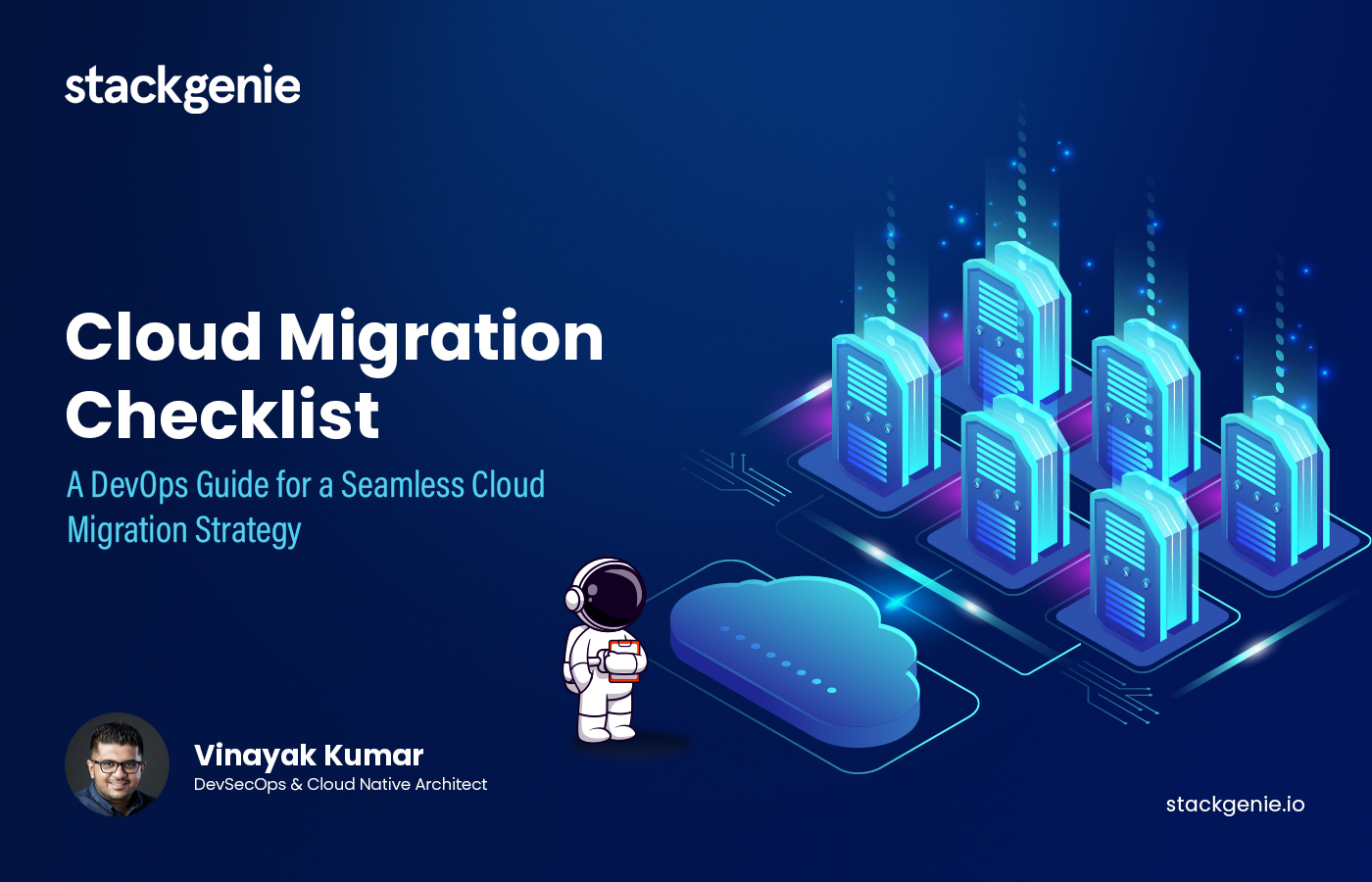DevSecOps is the latest security philosophy and the next revolutionary addition to DevOps. It’s primary focus is on creating more secure software development processes within an agile framework. It involves a dynamic collaboration between release engineers and security teams to create flexible and consistent security practices driven by a ‘Security as Code’ culture. While older security models created bottlenecks within the delivery pipeline, DevSecOps bridges the gaps between traditional IT and security without sacrificing efficiency or speed. It replaces traditional silo thinking with interconnectedness and big-picture thinking resulting in enhanced communication and shared security responsibility throughout the delivery process. Though speedy delivery and increased security seem to be polar opposites, DevSecOps has succeeded in effectively merging the two into a single streamlined process. This is done by conducting security testing in iterations throughout the development lifecycle so that at each phase, security is ascertained without adversely impacting development speed. The benefit of this approach is that it is in keeping with lean methodologies and helps to identify and proactively deal with security issues as and when they crop up instead of the traditional reactive model of trying to plug a leak after it has sprung.
DevSecOps Advantages
Coordinated, collaborative, and integrated operation between development and security teams is necessary for successful DevSecOps implementation. By incorporating security as an active ingredient during the development process rather than a cosmetic adornment at the end, the dual benefits of ‘security as a code’ and agile methodologies can be enjoyed. Security operations typically bring two overarching benefits which are centered on better ROI in security implementation and enhanced operational efficiencies with minimal security disruptions. Both of these lead to improved IT health across the organization. In addition, DevSecOps primes an organization to reap the complete benefit of using cloud services. Organizations with applications running on Amazon Web Services (AWS) benefit from the increased security within its deployment model. The combined security offered by DevSecOps during development and the AWS inbuilt cloud security together help prevent costly security breaches and downtimes. Some other advantages of relying on DevSecOps are as follows:
- Enhanced agility and speed in performance of security teams
- Rapid response and quick turnaround time to potential threats
- Increased cross-departmental communication and collaboration
- Improved quality assurance testing
- Quick and early identification of code vulnerabilities
- Time savings across teams for investment on more productive activities
DevSecOps vs DevOps
Both DevSecOps and Rugged DevOps are important for application health especially in an environment where multiple code updates are performed each day. Rugged DevOps is a software development concept that emphasizes the need for secure code throughout the software development lifecycle. It combines the lean and agile methodologies adopted in DevOps with integrated security as a continual and parallel process rather than a post-development veneer. DevSecOps, on the other hand, is largely an automated process that addresses security-related issues through configuration management, composition analysis, use of immutable servers, and other methods that help eliminate security attacks. To put it plainly, Rugged DevOps is more developer-focused, while SecDevOps is more operations-focused. DevSecOps amplifies security in traditional DevOps methods from the beginning. In Rugged DevOps, security measures are engineered into all phases of software design and deployment.
What Is Rugged DevOps?
Rugged DevOps is the next generation of DevOps where the speed and agility of the former is integrated with security through the use of automated tools and processes as well as a cultural shift in real-time collaboration between release engineers and security teams. Rugged DevOps aims at eliminating the gap between development and security, thereby reconciling speed with security. It also encourages increased communication between engineers and a shared responsibility for security during all phases of code development and deployment resulting in greater transparency and understanding of security exposures. Ultimately, rugged DevOps adopts an accelerated approach where security parameters are put in place at the onset of development and continued commitment to security is maintained through tighter controls and secure code development.
Why DevSecOps?
The DevSecOps approach involves a cultural and technical shift in real-time enterprise security where security teams are considered as valuable assets that enhance performance through added security rather than hinder development through slowdowns. DevSecOps has helped prevent the launch of many poorly designed applications that would ultimately have resulted in loss of time, money, and computing resources. According to a global cloud security trend report, 45% of security players opine that cloud DevSecOps adoption is an important step in strengthening organizational cloud environments. In order to ensure robustness and scalability of applications on the cloud, large scale integration of security controls is required. As technology-based businesses evolve at a rapid pace with continual code updations, constant threat modeling and management of these systems is imperative. The DevSecOps approach is an intricate amalgam of varying security methods and collaboration between development and security teams. Of all the various components that make the DevSecOps approach the success it is today, six are indispensable
- Code Analysis: Most cloud-based organizations make dynamic daily changes to their code. Old and outdated security protocols fall sadly short in such a constant environment of change and may result in slowdowns of delivery cycles and a derailing of development plans. However, with DevSecOps, security teams and development engineers can work in tandem, securing code in smaller chunks as and when they are developed to eliminate vulnerabilities and enhance quality assurance
- Change Management: Change management relies on an integrated approach across all teams involved in the development and security process. Since transparency is maintained across development, identifying and eliminating vulnerabilities becomes easy. Team members are encouraged to submit changes they think are necessary and then the changes are reviewed to determine which ones to adopt or discard. This freedom to voice concerns and red flags makes development teams more productive.
- Compliance Monitoring: Being Compliance ready is a big requirement for cloud-based platforms that operate with vast amounts of data. Often gathering information in readiness for compliance audits like GDPR, PCI, HIPAA, etc in itself can be a time-consuming and stressful task. Fortunately, adopting cloud DevSecOps keeps development teams in a state of readiness at all times, making the process easier to manage.
- Threat Investigation: Continual threat investigations can help in the discovery and remediation of vulnerabilities in code. Generally, even if cloud service providers maintain high security, vulnerabilities can occur in applications due to human error. Using regular scans, penetration tests, and code reviews is important to maintain tight security in cloud applications.
- Test Automation: Test automation is the life-force of DevSecOps. It involves a simplification of testing processes through the execution of recurring tests with team-wide actionable results for proactive vulnerability plugging. Automated tests help enhance the overall efficiency of the development process through regular and timely identification and remediation of security threats.
- Security Training: A solution is only as strong as the weakest link in the chain. Prepping development engineers and security teams on best practices and guidelines to be followed for effective DevSecOps is an important part of assuring success in cloud development. This can be done by engaging them in cloud-oriented online certification programs such as MIT MOOCs and Harvard Extension School or even through industry conferences like DEFCON and Black Hat.
Conclusion
The greatest challenge in maintaining application security on the cloud is dealing with the myriad threats that can occur in the cloud environment. In addition, growing and maintaining the trust that customers have in your organization’s capacity to keep their data safe is paramount. DevSecOps best practices can help your organization proactively address malicious cyber threats through continuous security checks, giving your organization the opportunity to experience real rapid developmental progress and scalable innovation throughout your cloud application. If you haven’t explored the benefits of DevSecOps for your organization yet, our expert advice is to start right now.


